What is the tolerance range of precision screws?
What is the tolerance range of precision screws?
Service Hotline
+86760-8787 8587We have more than ten years of experience in screw industry production, the main products are: long screw screws, iron galvanized rivets, tooth rod bolts, flat washer spring washer set pan head combination screws, A-grade carbon steel galvanized screws, Phillips plastic screws, Grade 4 natural hexagon nut, hexagonal toothed screw, die flange pressure plate nut, high-strength pin, outer hexagonal plastic insulating bolt, GB12618 rivet, 316 bolt, eight-claw washer stop ring, high temperature plastic washer and other fasteners, Due to the different materials and specifications of the products, the prices are also different, please contact us if necessary.


At present, the commonly used shaft retaining rings in the market usually include elastic retaining rings and screw locking retaining rings, but they all require tools to be installed and disassembled, which is relatively inconvenient to use.
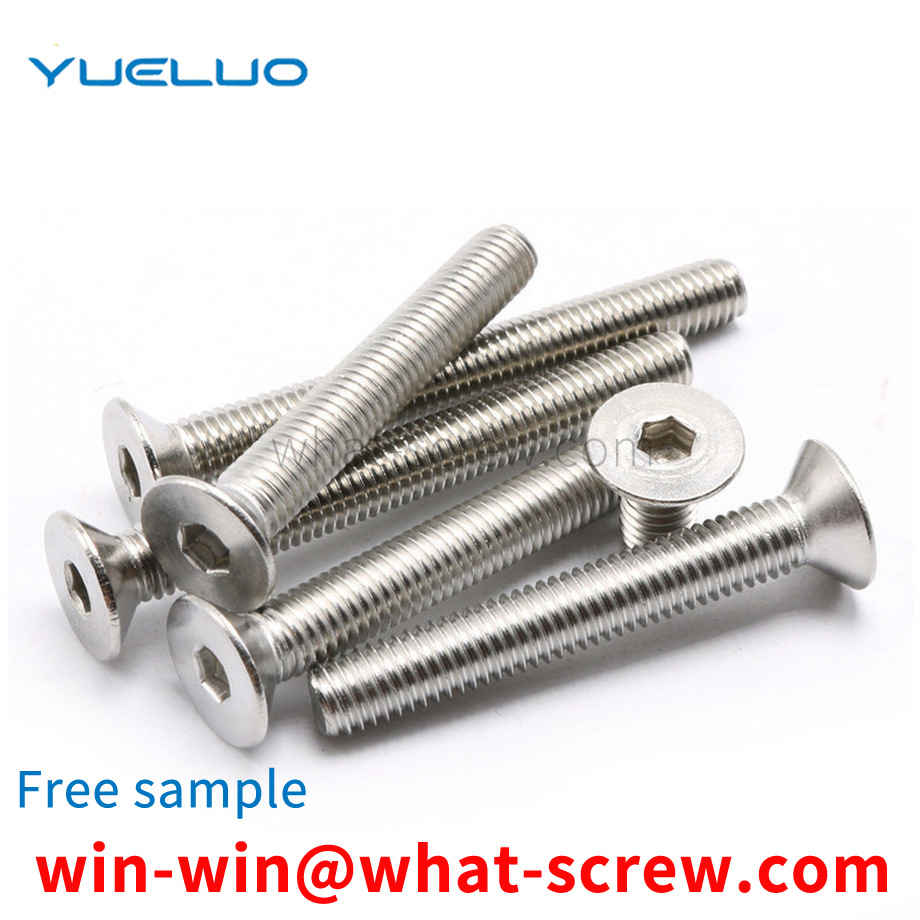
As shown in FIG. 1 and FIG. 2 , a rivet die in the prior art includes a set of top die 1 and cover die 2 arranged opposite to each other. The top die 1 is provided with a cavity 1 in the center that matches the shape of the rivet dome head 3-1. -1, the center of the cover mold 2 is provided with a mold cavity 2-1 that matches the shape of the rivet dome head 3-3.
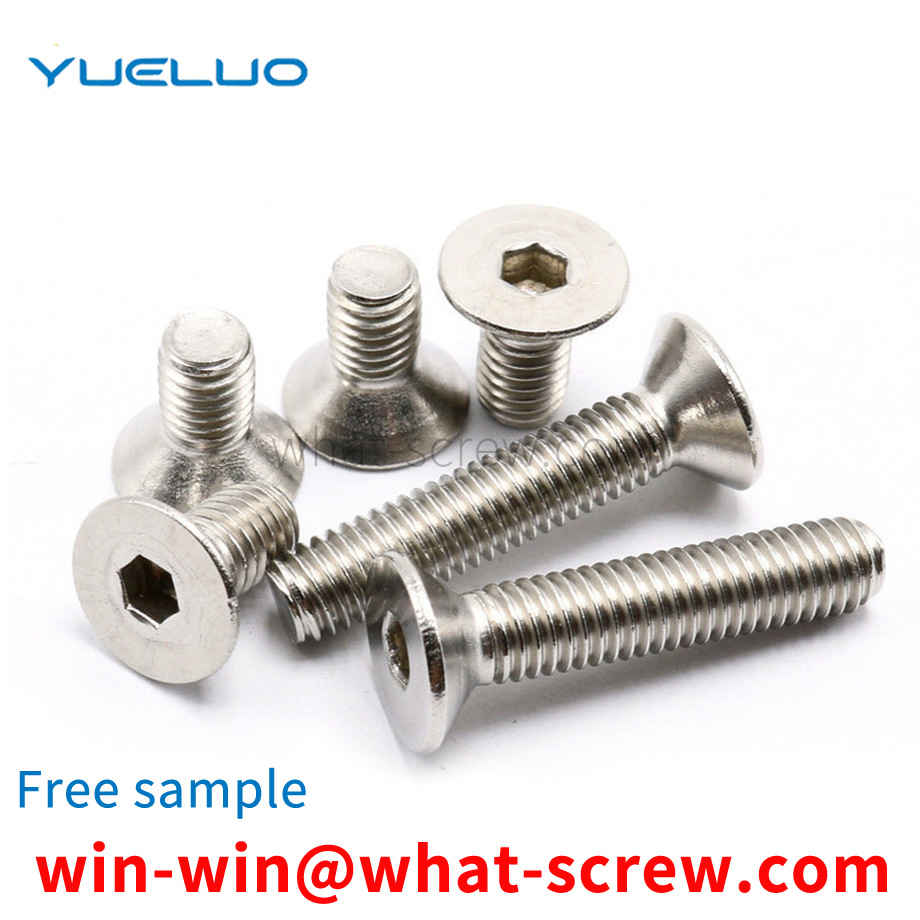
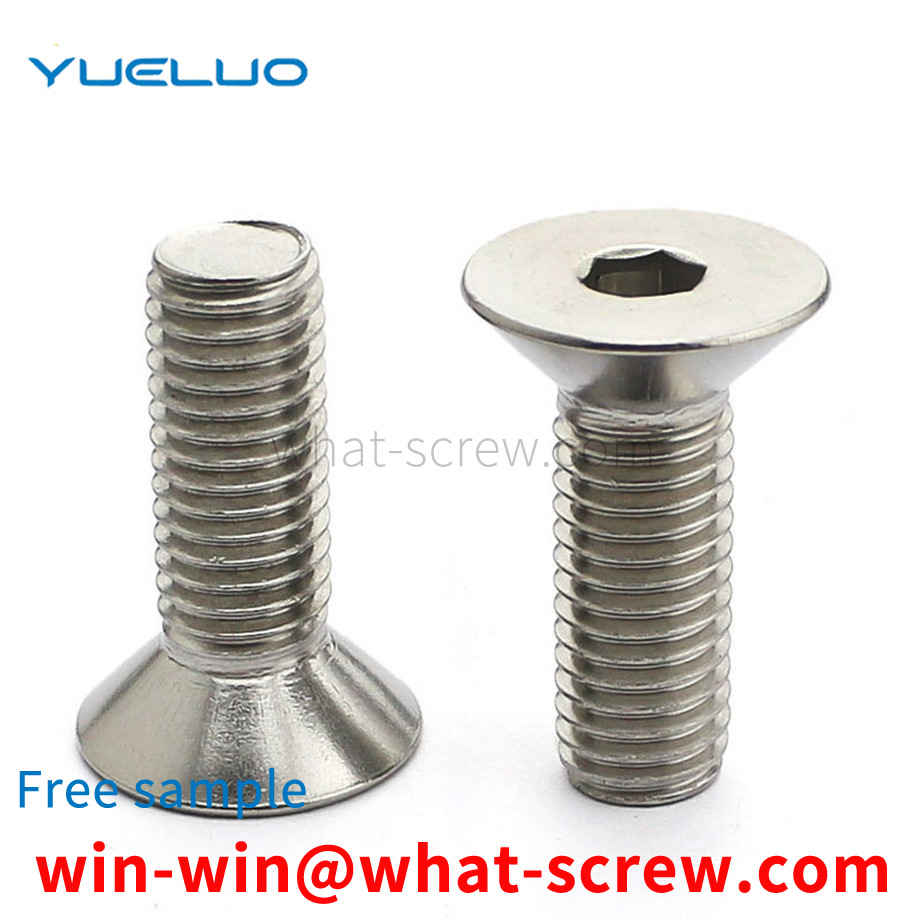
Fasteners such as bolts and rivets are called the rice of industry, and they are used in infrastructure construction, equipment machinery, automobile manufacturing, electronic information, aerospace and other industries. According to the mechanical properties of fasteners, fasteners are divided into high-strength fasteners and ordinary fasteners. At the end of the 20th century and the beginning of the 21st century, with the rapid development of the economy, the demand for anti-seismic and anti-loose fasteners surged. Although the fasteners are small, their quality and reliability play an important role in the performance and structural safety of the main engine. Incredible.
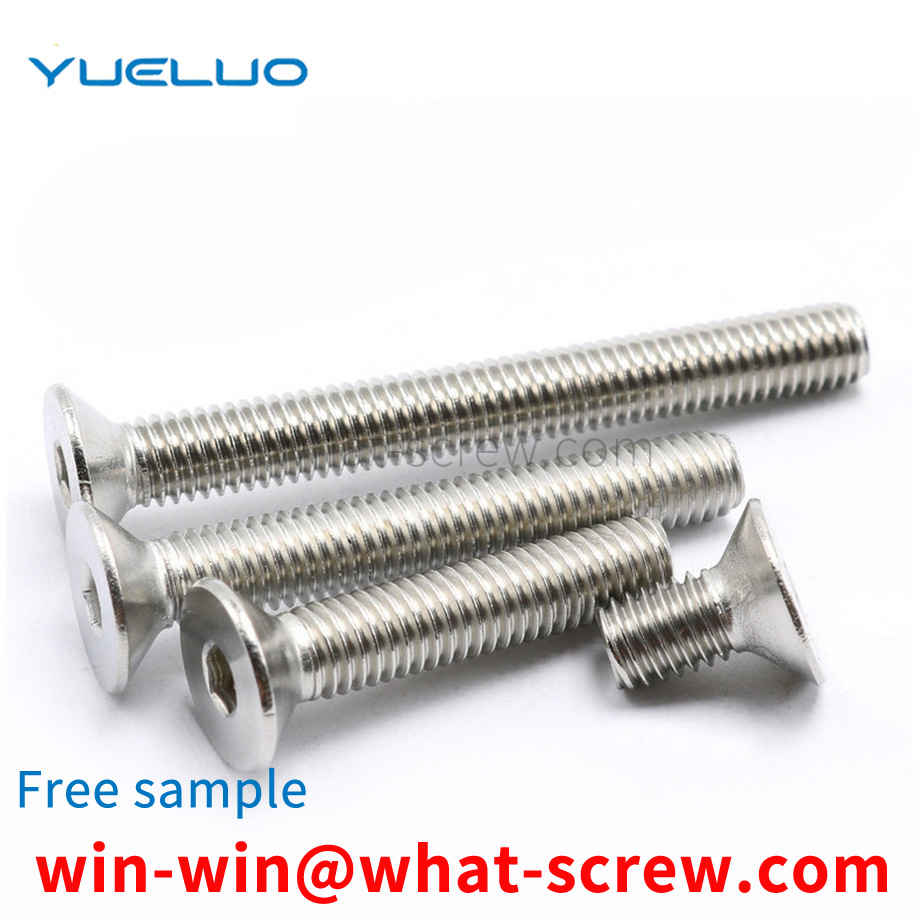
According to the force of the connection, it is divided into ordinary and hinged holes. According to the shape of the head: there are hexagonal head, round head, square head, countersunk head and so on. Among them, the hexagonal head is the most commonly used. Generally, countersunk heads are used where connections are required. The English name of the riding bolt is U-bolt. It is a non-standard part. The shape is U-shaped, so it is also called a U-bolt. There are threads on both ends that can be combined with nuts. It is mainly used to fix tubular objects such as water pipes or sheets such as automobile plates. Springs are called riding bolts because of the way they fix things like a person rides a horse. According to the length of the thread, it is divided into two categories: full thread and non-full thread. According to the thread type, it is divided into two types: coarse thread and fine thread. The coarse thread type is not displayed in the bolt mark. The bolts are divided into eight grades: 3.6, 4.8, 5.6, 6.8, 8.8, 9.8, 10.9, and 12.9 according to their performance grades. Among them, the bolts above grade 8.8 (including grade 8.8) are made of low-carbon alloy steel or medium-carbon steel and are heat-treated (quenched). + Tempering), commonly known as high-strength bolts, and below grade 8.8 (excluding 8.8) are commonly known as ordinary bolts. Ordinary bolts can be divided into three grades: A, B, and C according to the production accuracy. Grades A and B are refined bolts, and grade C is rough bolts. For connecting bolts for steel structures, unless otherwise specified, they are generally ordinary rough grade C bolts. There are differences in the processing methods of different grades. Usually the corresponding processing methods are as follows: ① The bolts of grade A and B bolts are processed by lathes, with smooth surfaces and accurate dimensions. High, rarely used; ②C-grade bolts are made of unmachined round steel, the size is not accurate enough, and its material property grade is 4.6 or 4.8. The deformation is large during shear connection, but the installation is convenient and the production cost is low. It is mostly used for tensile connection or temporary fixation during installation.
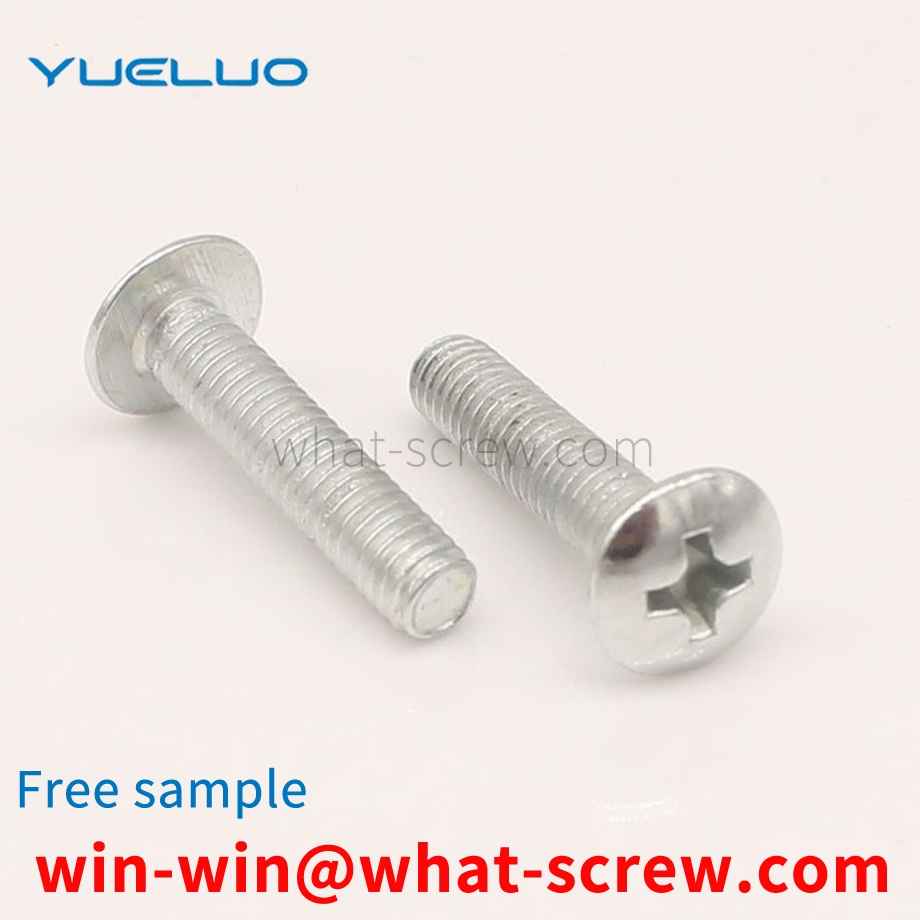
The above content is uploaded by Yueluo or the Internet. If there is any copyright issue, please contact [email protected].

What is the tolerance range of precision screws?

How to choose the right stainless steel screw manufacturer?

Why is there an R angle under the head of the hexagon head s...

We have more than ten years of production experience in the ...

We have more than ten years of experience in the production ...

We have more than ten years of experience in the production ...

We have more than ten years of experience in screw industry ...